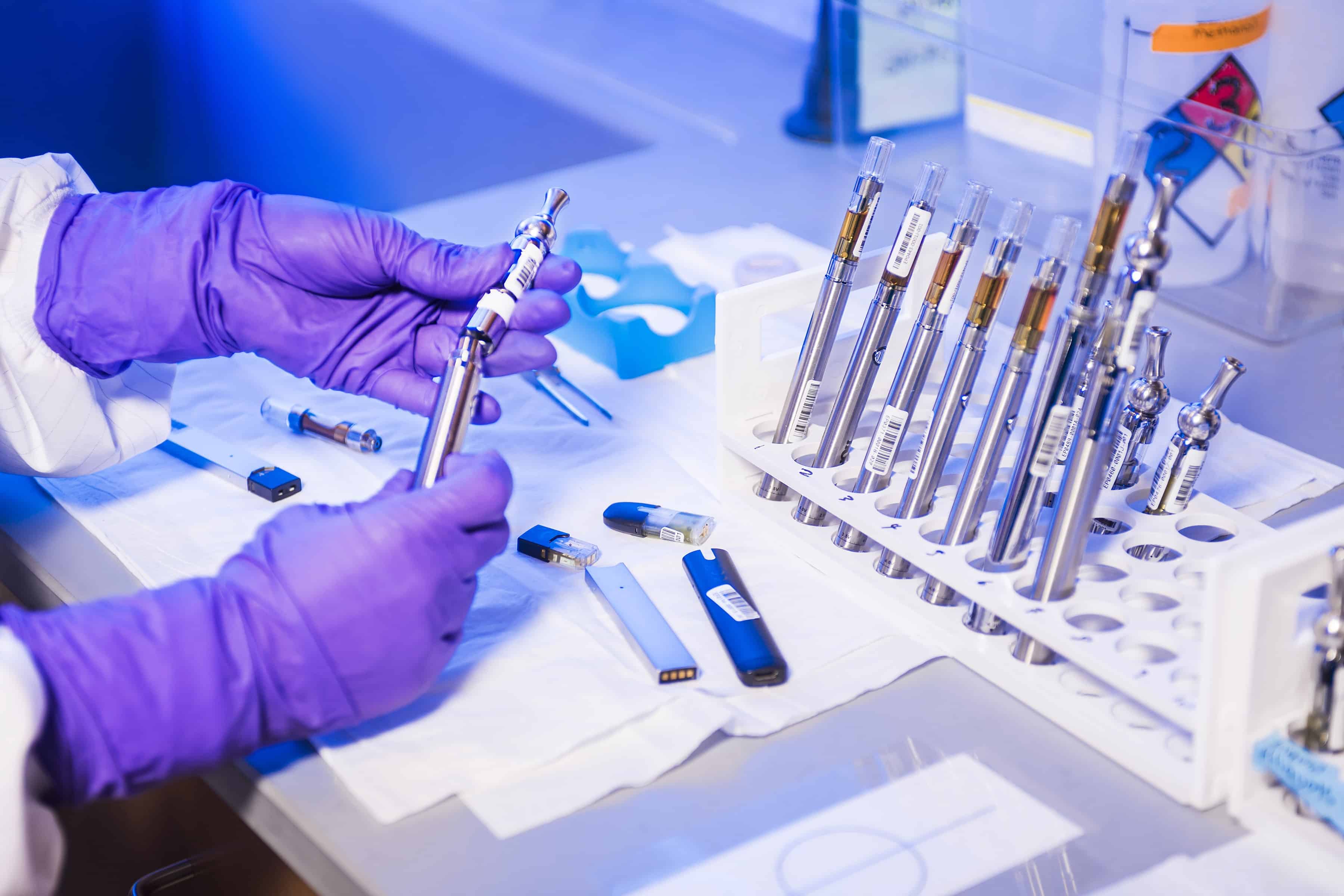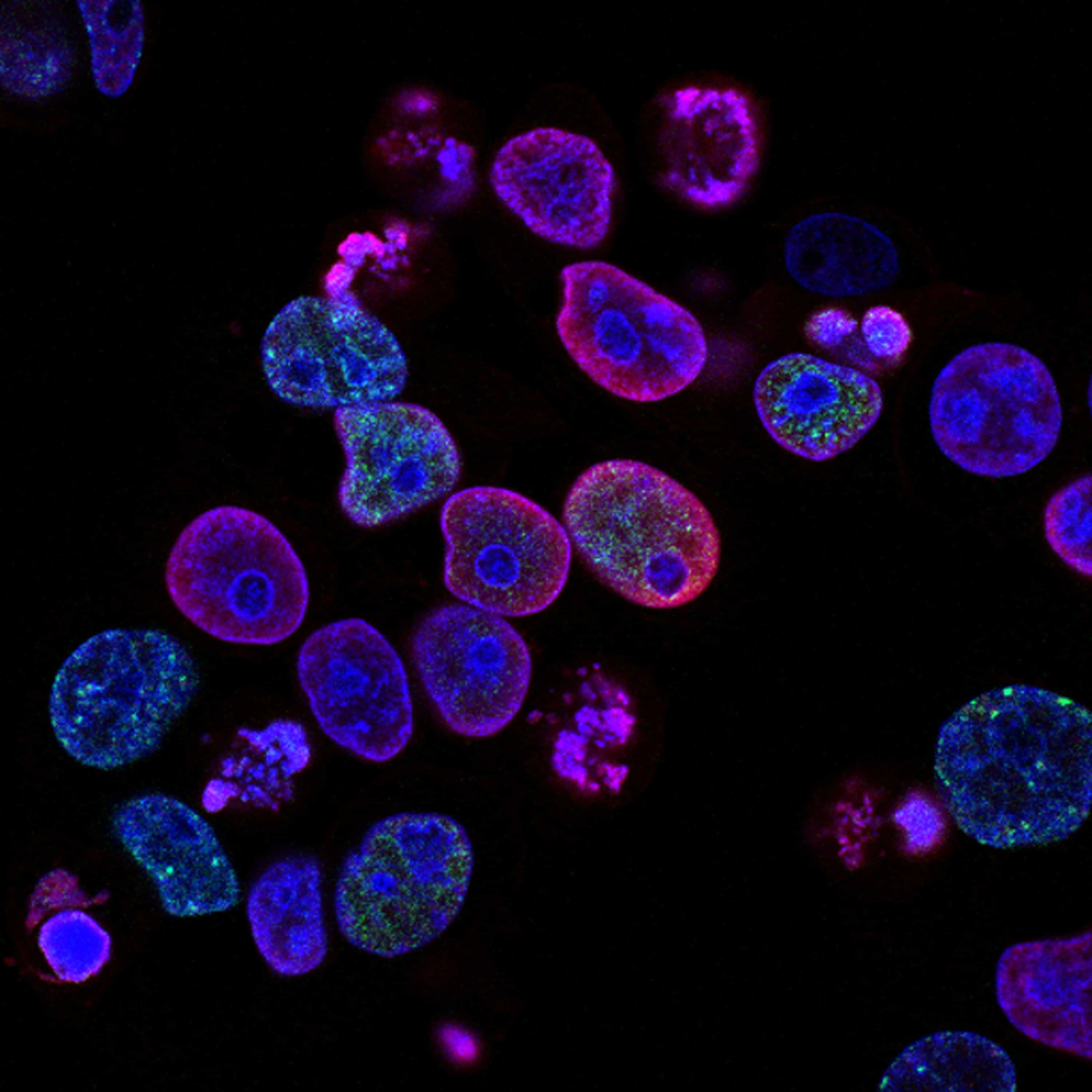
A new study may have found a new treatment to help the sickest sarcoma patients.
Sarcomas are cancer tumors found in e.g. the bones, muscles, or fatty tissue. It is a rare type of cancer seen in only one percent of cancer patients. It is complex and difficult to treat. However, researchers from the University of Copenhagen have developed a new way of fighting it, the institution announced in a press release.
“We have learned that sarcoma patients whose cancer cells have a high expression of the cep135 protein are worse off. But inhibiting a gene called plk1 also inhibits the growth of the sarcoma cells, and this suggests that we can target the treatment of the sickest sarcoma patients,” says Associate Professor Morten Scheibye-Knudsen from the Center for Healthy Aging at the Department of Cellular and Molecular Medicine, who is responsible for the new study.

Possibilities for a better treatment
Methods for identifying sarcoma patients’ prognoses and different treatment forms are already available. But the new study has identified a new method.
“This is a new way of stratifying and possibly a new and better way of treating sarcoma. And the introduction of yet another method is always good news to patients. Because no two cancers are alike. Ideally, treatment should always be tailored to the individual patient,” Morten Scheibye-Knudsen stresses.
He hopes other researchers with access to the necessary test facilities will study his results more thoroughly and eventually design a new treatment. If the method works, he believes a new treatment may be available to patients in five to 10 years.

Early grey hair, wrinkles, and loss of fatty tissue
Morten Scheibye-Knudsen and his colleagues started out by studying patients suffering from the rare neurological disorders Werner’s syndrome, Nijmegen breakage syndrome, and Ataxia-telangiectasia syndrome.
These patients experience symptoms of early aging such as grey hair, wrinkles, and loss of fatty tissue – and they have a high risk of developing cancer at an early age.
“Age-associated diseases such as cancer are one of my main areas of interest as a researcher at the Center for Healthy Aging. As we grow older, many things happen to the body, and determining causality can be difficult. But in people suffering from e.g. Werner’s syndrome it is easier to see which genes are responsible for which processes. This gives us a molecular handle, so to speak,” says Morten Scheibye-Knudsen.
How the research progressed
To establish why these patients develop cancer at an early age, the researchers compared gene expressions across the three disorders. Here they worked together with the company Insilico Medicine, whose large Pandaomics platform made it possible to identify gene mutations in thousands of different disorders. It turned out that cep135 is a common denominator for the cancer genes of the three disorders.
“This made us study the gene expressions of various cancers, and we learned that cep135 is associated with high mortality in i.a., sarcoma, but also in bladder cancer. Sarcoma was particularly interesting, as many Werner’s syndrome patients develop sarcoma,” explains Morten Scheibye-Knudsen.
Promising findings
Finally, the researchers sought to find ways to inhibit the sarcoma. Cep135 is not a useful target, as it is a so-called structural protein, which is difficult to target. Instead, the researchers learned that by inhibiting the plk1 gene, they could target the sarcoma.
“The study indicates we can use genetic diseases that exhibit accelerated aging to identify new treatment targets. In this study, we investigated cancer, but the method can, in principle, be used for all age-related diseases such as dementia, cardiovascular diseases, and others,” says Morten Scheibye-Knudsen.
Selected for you!
Innovation Origins is the European platform for innovation news. In addition to the many reports from our own editors in 15 European countries, we select the most important press releases from reliable sources. This way you can stay up to date on what is happening in the world of innovation. Are you or do you know an organization that should not be missing from our list of selected sources? Then report to our editorial team.







